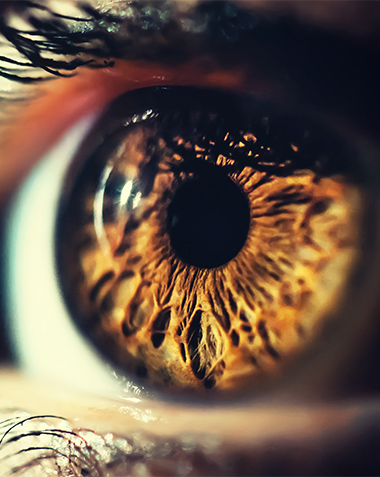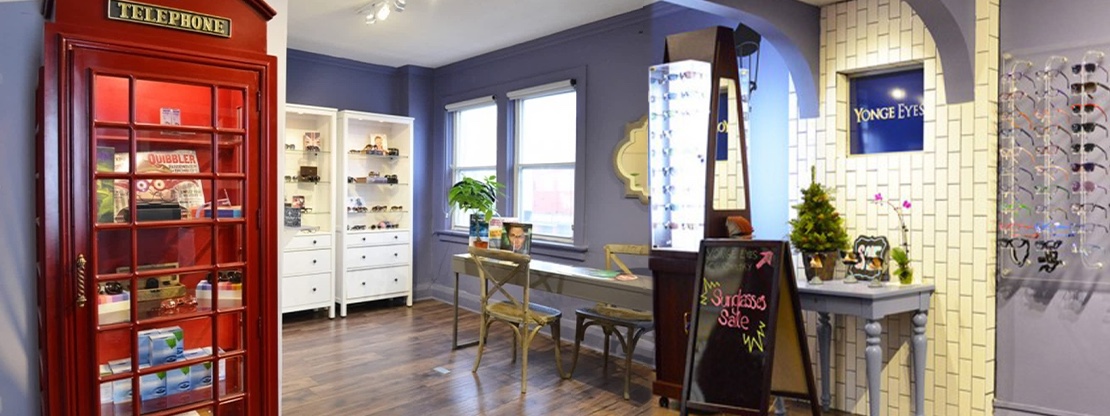Common Eye Diseases
Cataracts
Cataracts are an eye condition that create clouding in your eye’s natural lens. They occur when the proteins start to clump together, creating opaque areas that lead to vision loss. Mild cataracts can be managed with eyeglasses or contact lenses but may require surgery if they worsen.
Although cataracts are treatable, they are the leading cause of blindness in Canada. At Yonge Eyes Optometry, our eye care team is experienced with improving our patients’ quality of life through cataract management.
If your cataracts require surgery, we’ll happily refer you to a trusted surgeon and co-manage your pre and post-surgical care.
Learn more about cataracts on our cataract page.
Glaucoma
Glaucoma is a group of eye diseases that cause progessive damage to the optic nerve. Usually related to high intraocular pressure (IOP), glaucoma applies pressure to the optic nerve cells, causing them to die. Because the optic nerve is responsible for relaying images your eyes see to your brain, this damage leads to irreversible vision loss and blindness.
One type of glaucoma, acute angle-closure glaucoma, is a medical emergency and requires immediate attention. If you experience sudden eye pain or vision loss, different-sized pupils, or nausea, call us immediately.
Glaucoma often progresses with no symptoms, making it especially dangerous. However, treatments are usually successful if caught early.
Age-Related Macular Degeneration
Age-related macular degeneration (AMD) causes the deterioration of the macula, the area of the retina responsible for central vision. It develops with age and generally affects those over 55.
There are 2 types of AMD:
- Dry: Associated with drusen deposits under the retina. Dry AMD causes the slow breakdown of the macular photosensitive cells and is responsible for 90% of AMD cases.
- Wet: Associated with abnormal blood vessel growth behind the macula. These blood vessels are weak and break, leaking blood and fluid into the macula, causing scarring. Wet AMD is a medical emergency and requires immediate attention. Wet AMD accounts for 10% of AMD cases but results in 90% of the cases of legal blindness.
AMD can cause central vision loss and can be detected and diagnosed during routine eye exams.
Diabetic Retinopathy
Diabetic retinopathy is a complication of diabetes. This eye disease occurs when high blood sugar levels cause blockages in the tiny blood vessels that supply the eye. The damage causes these blood vessels to break and leak, leading to vision loss.
Diabetes presents several risks to the eyes, including increasing your chances of developing glaucoma and cataracts. If you have diabetes, it’s crucial you undergo annual eye exams. A comprehensive eye exam can not only detect signs of diabetic retinopathy but also detect diabetes.

















